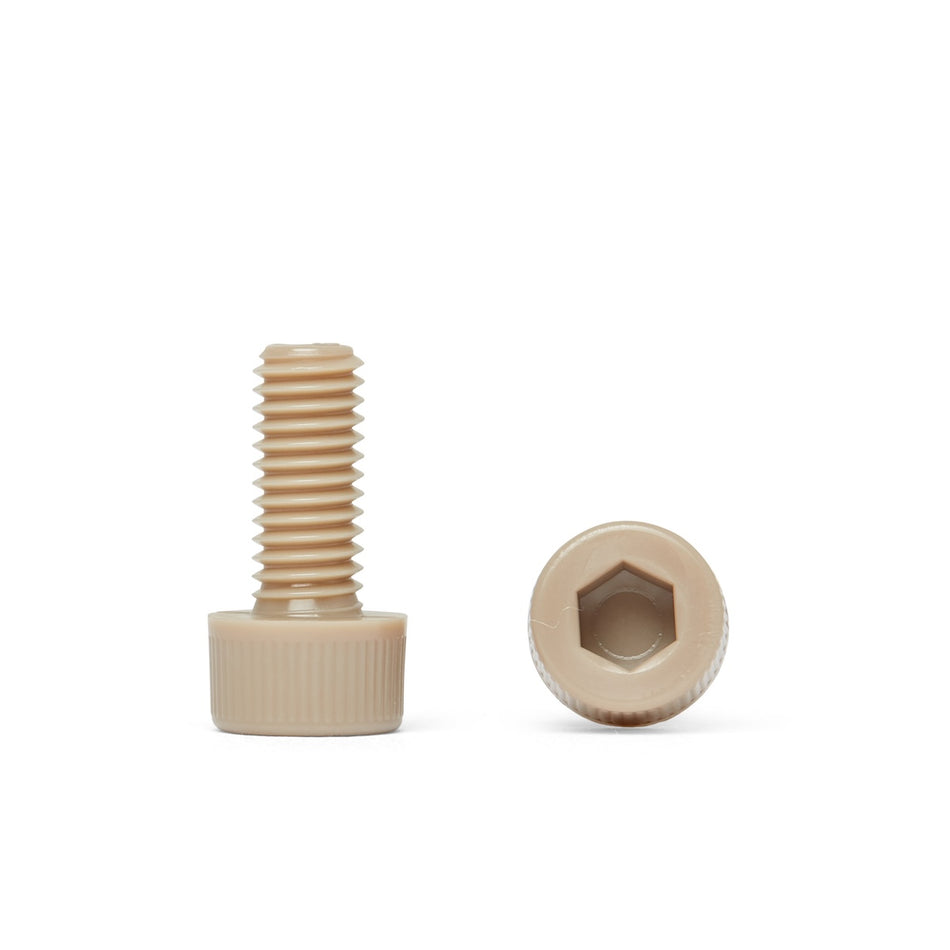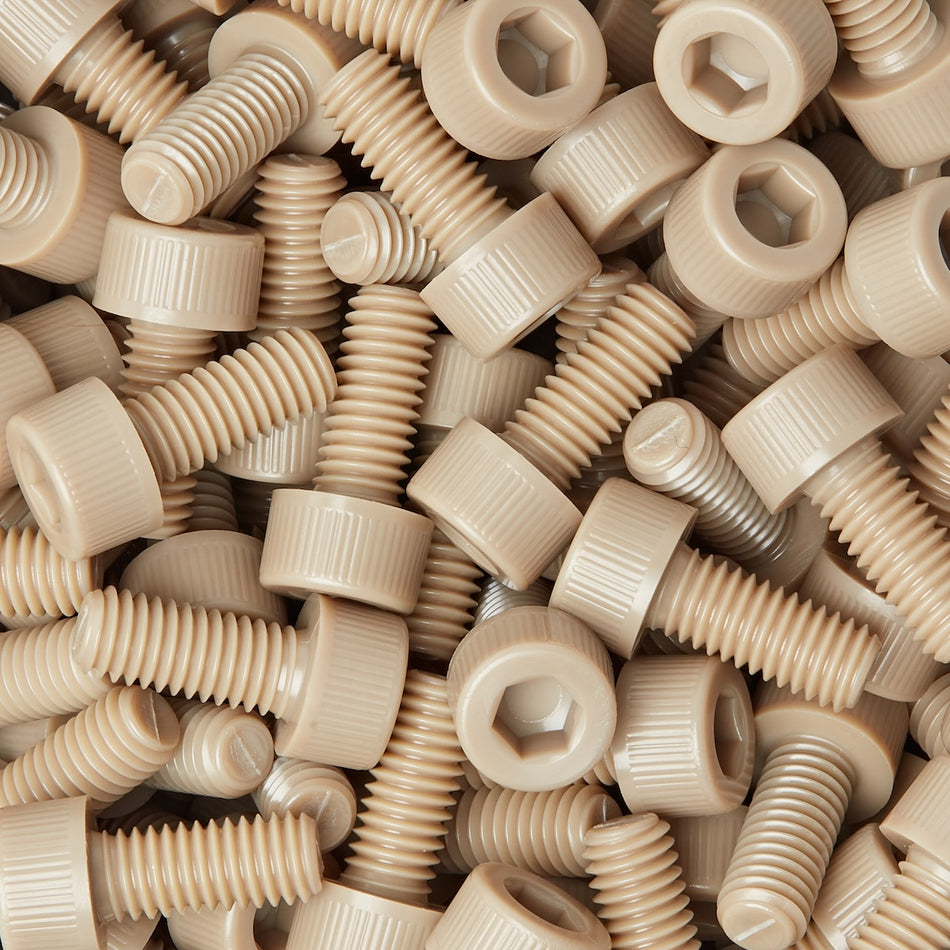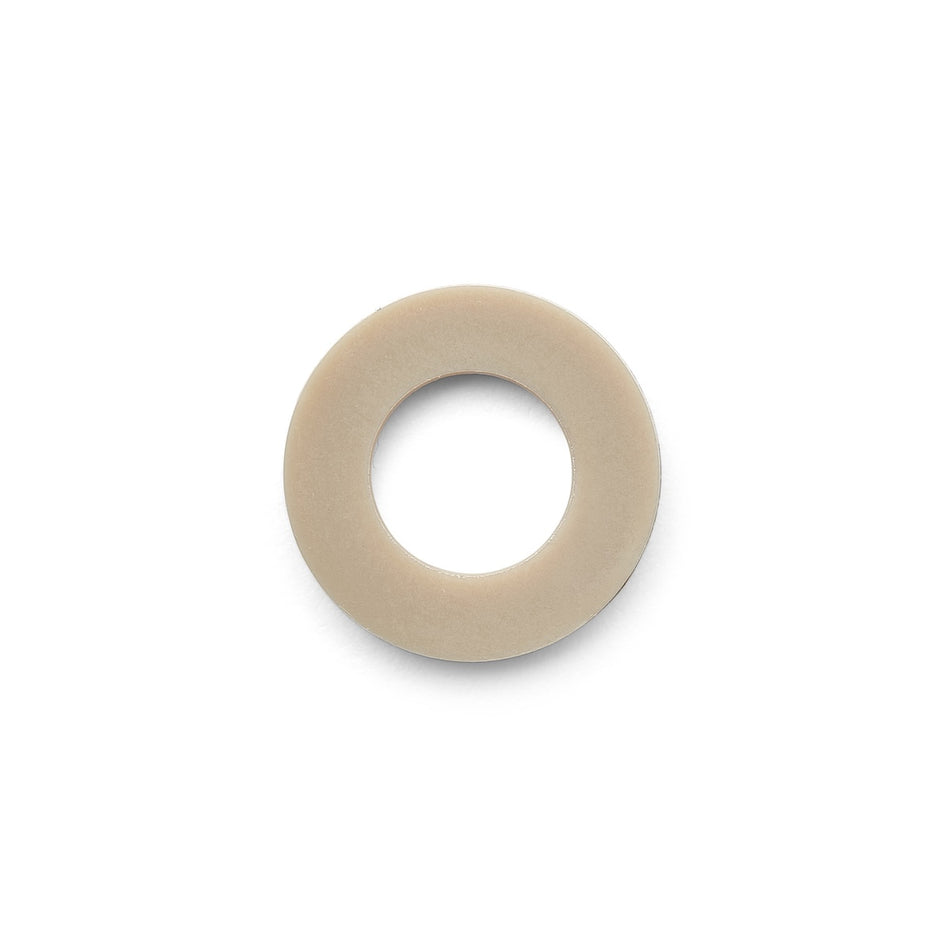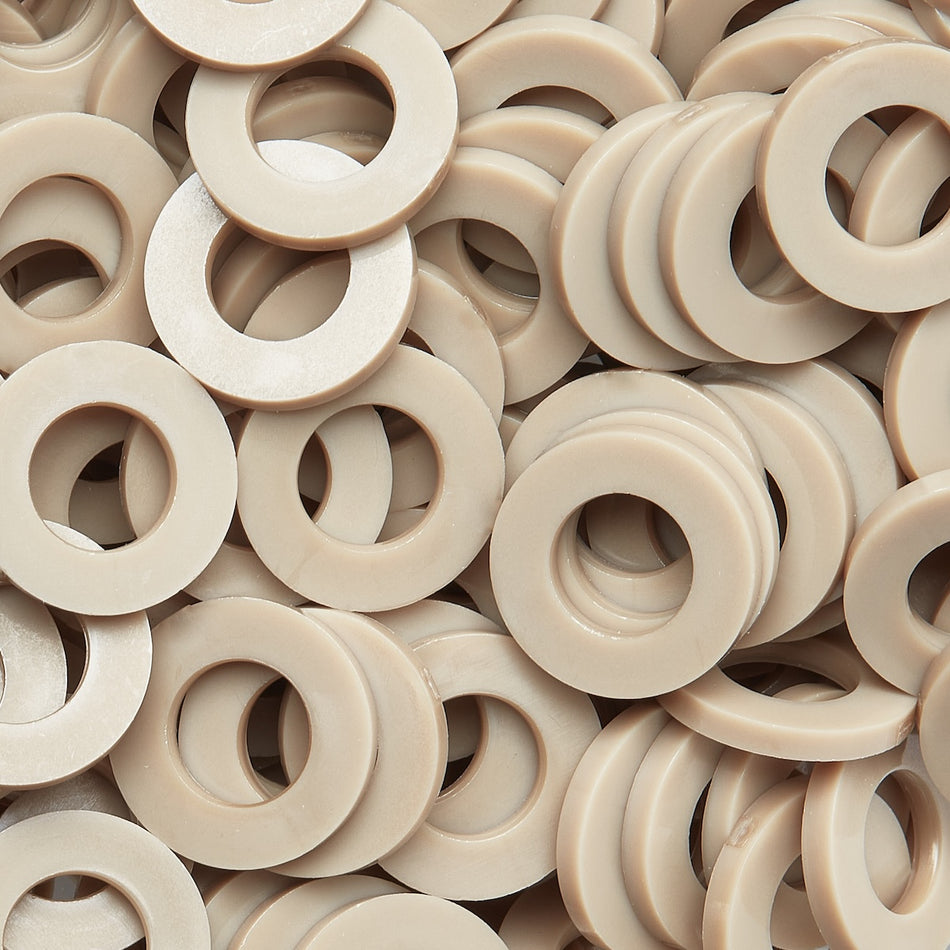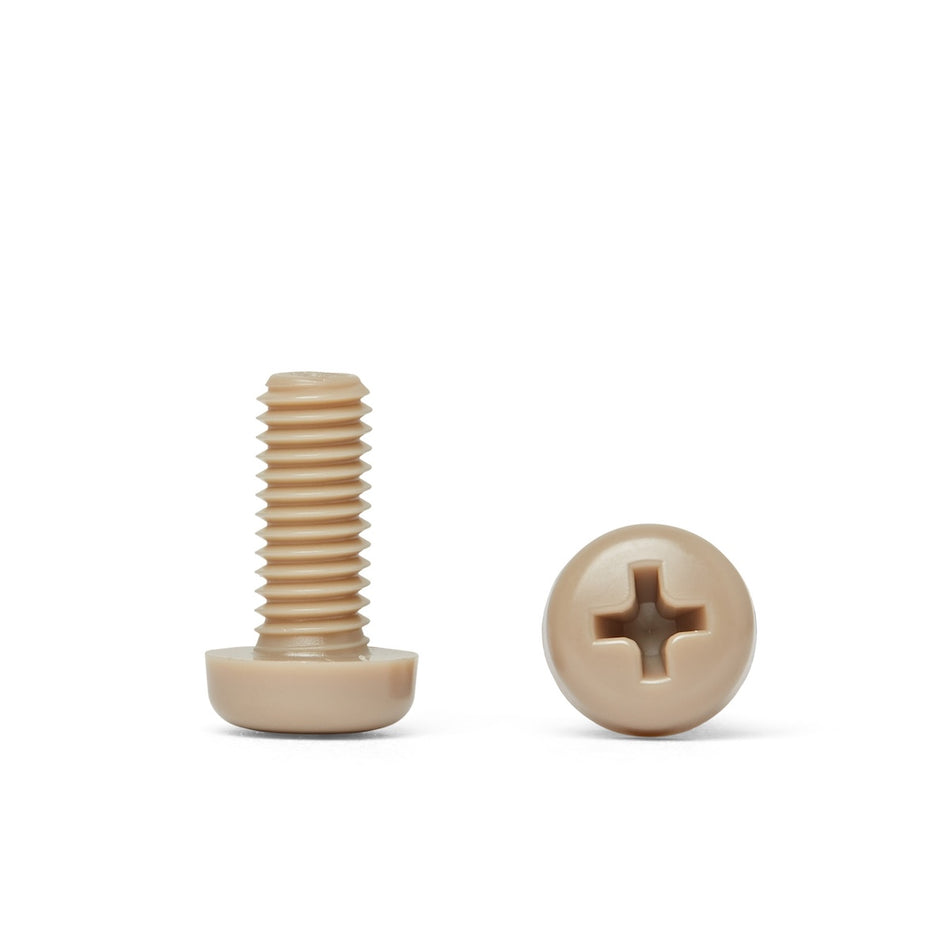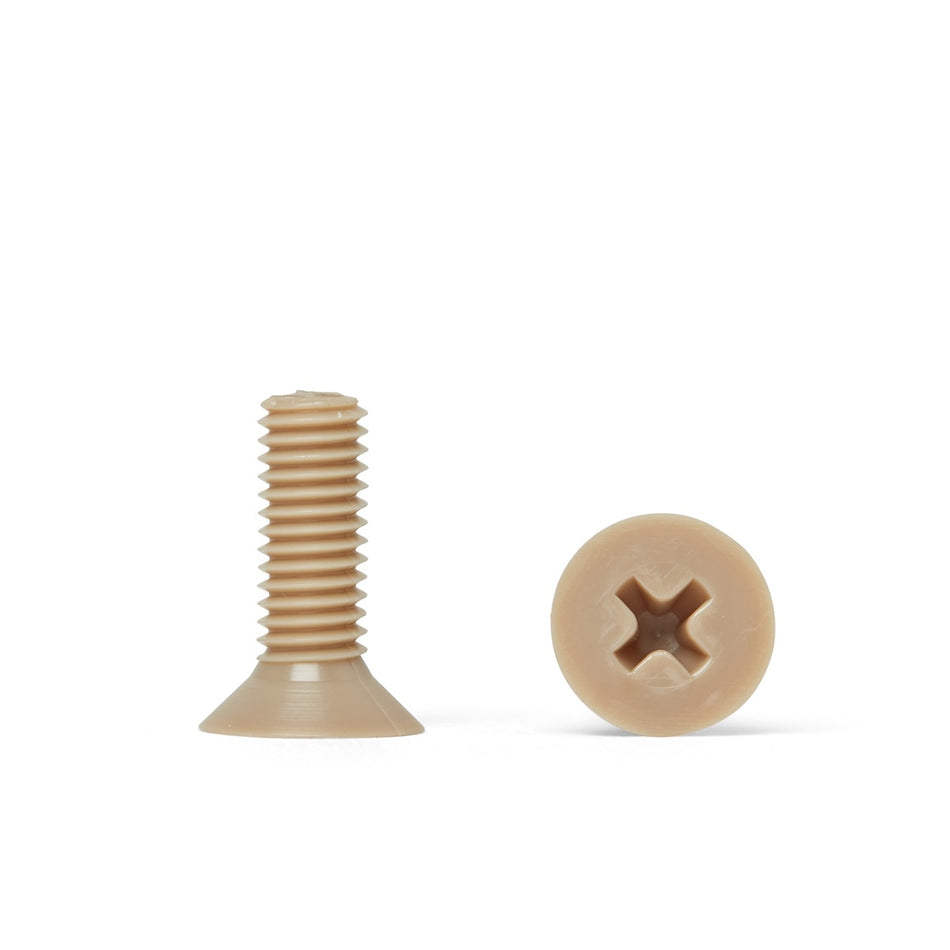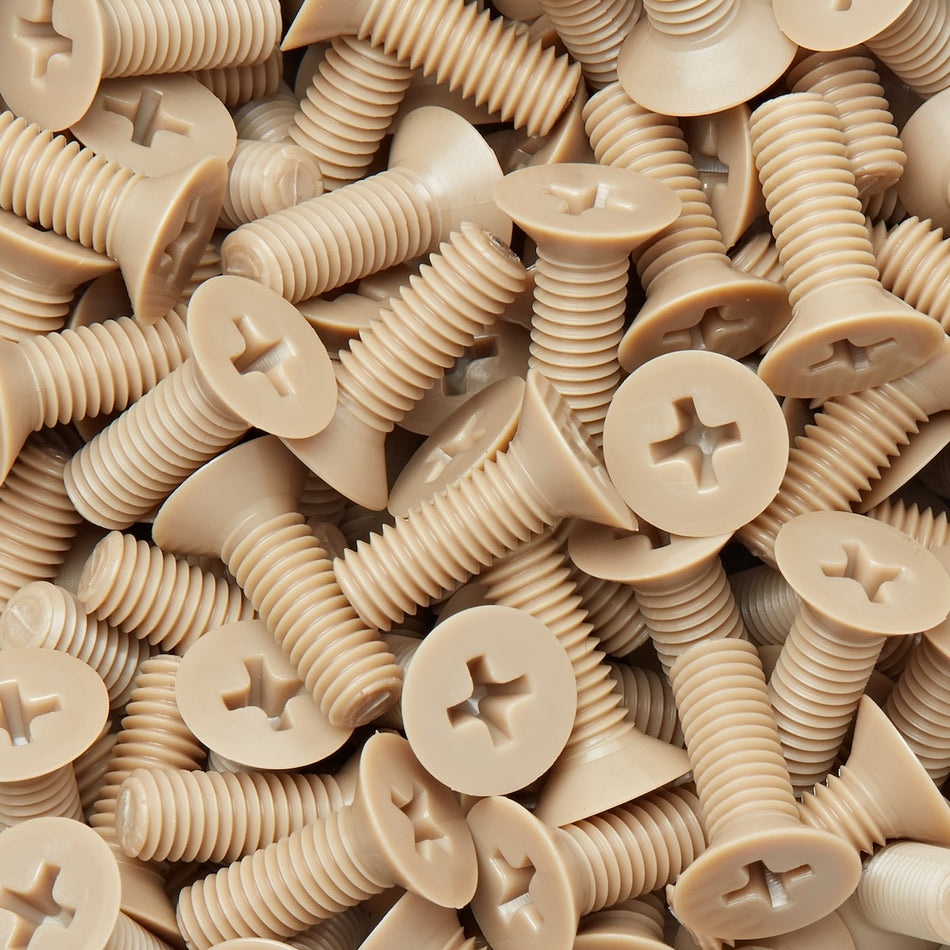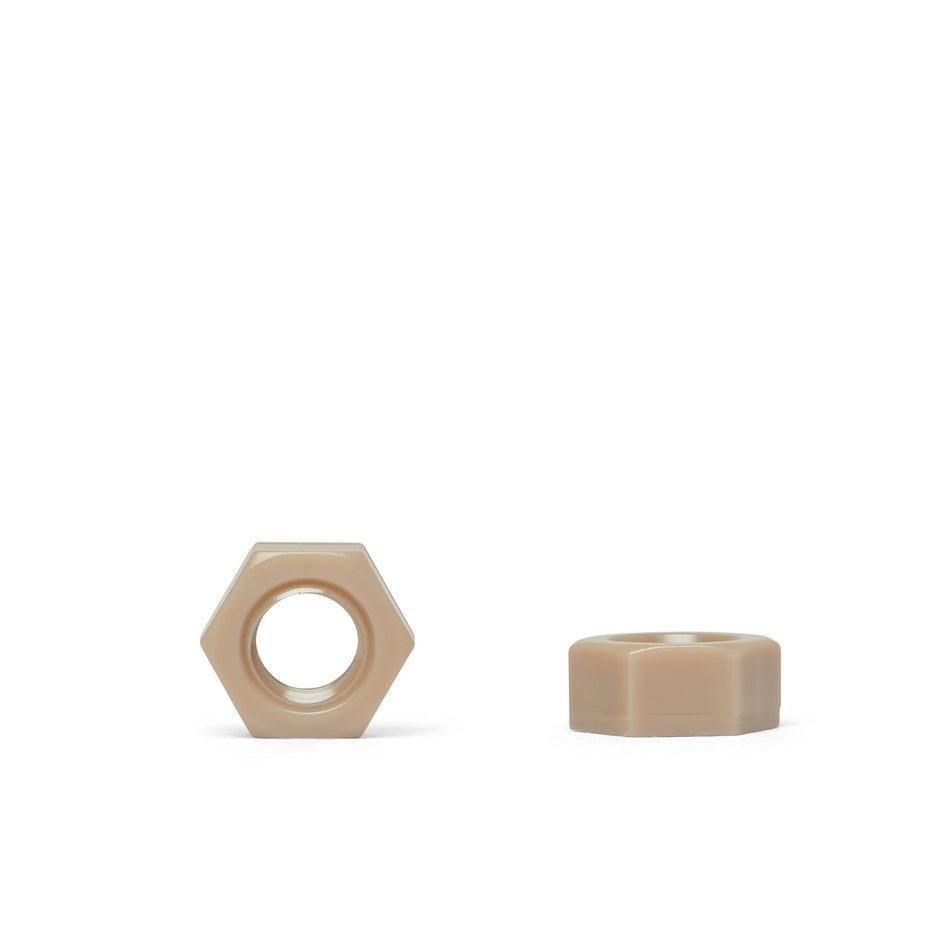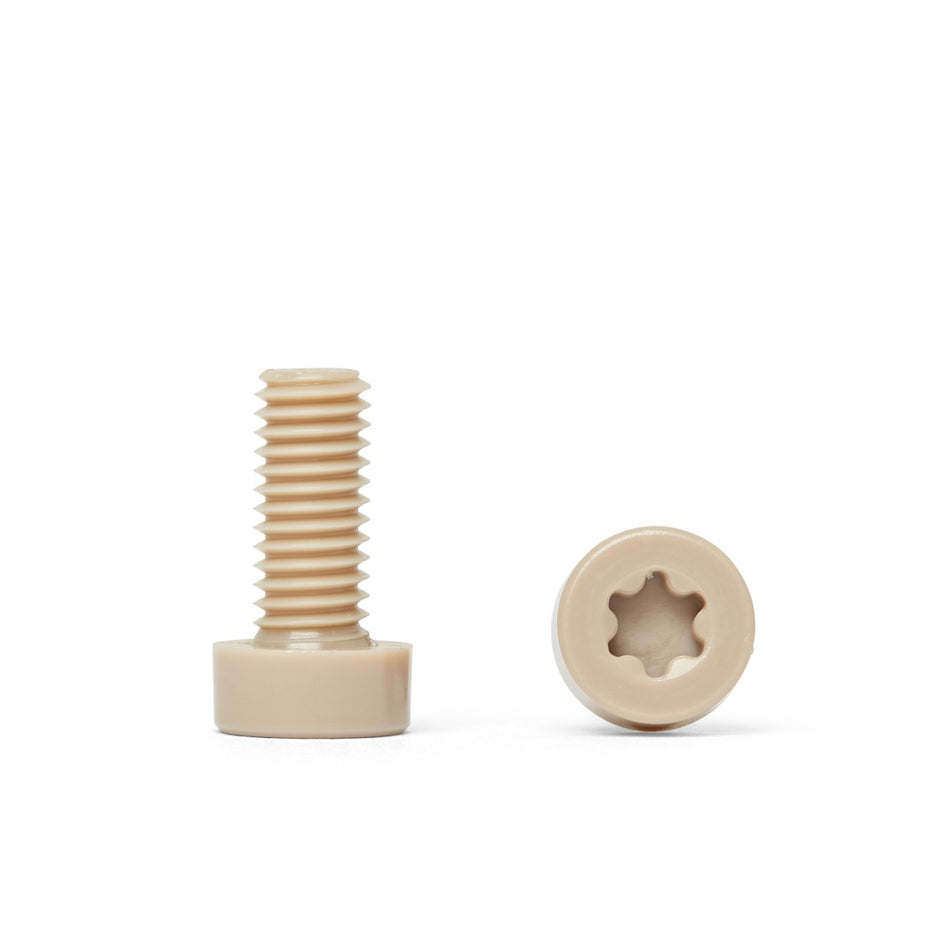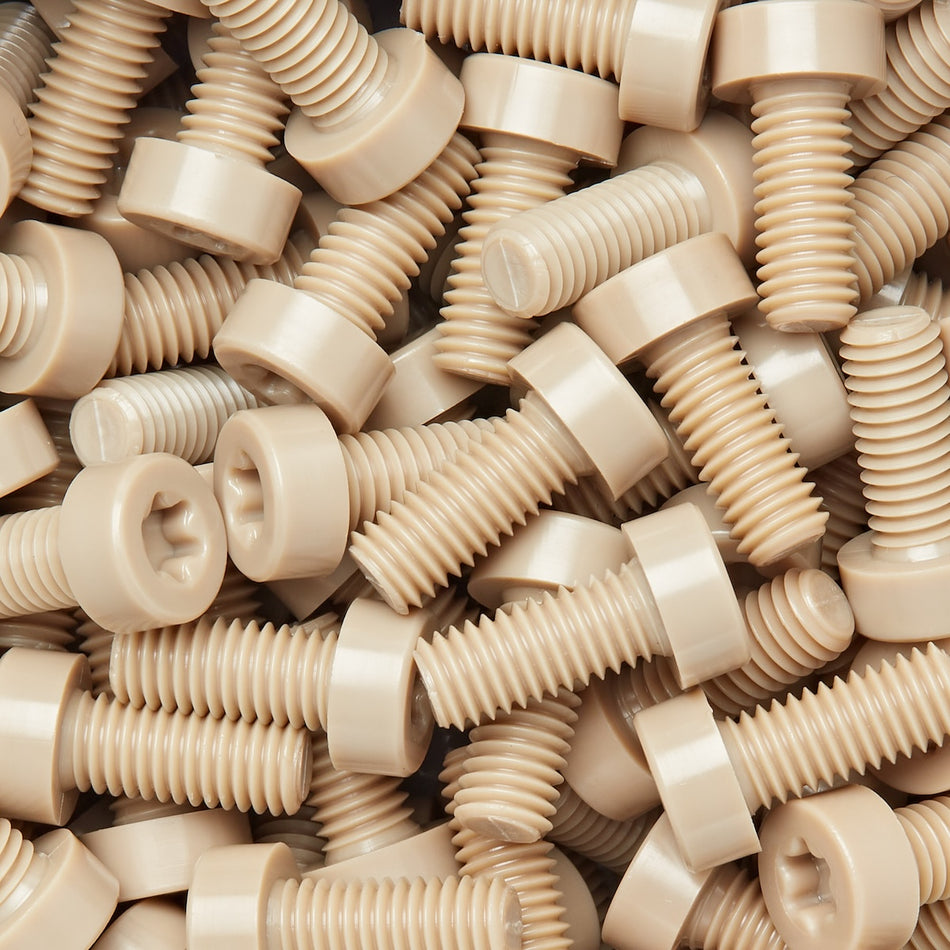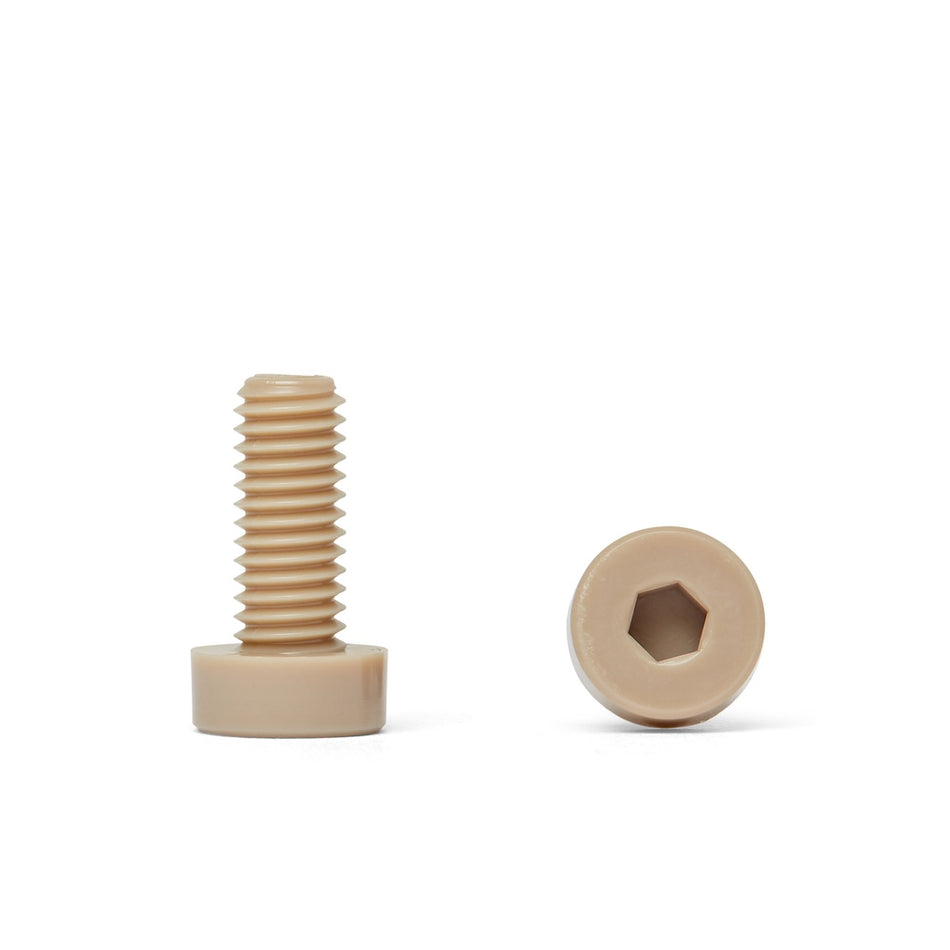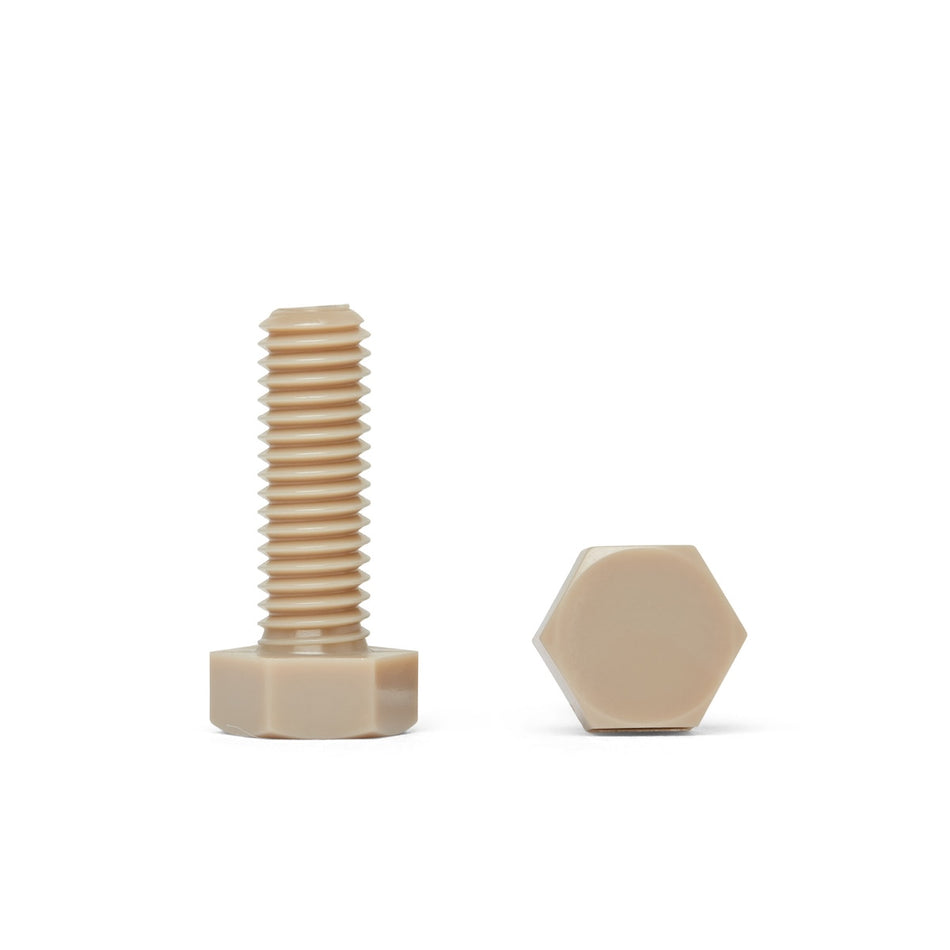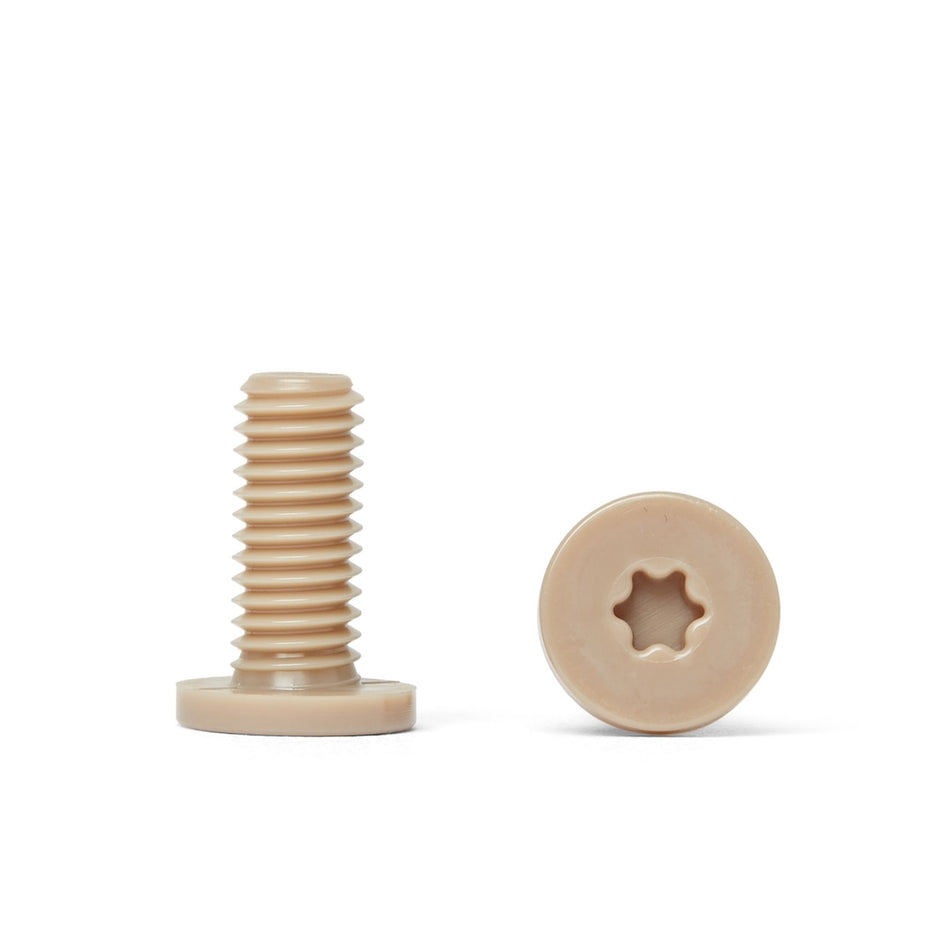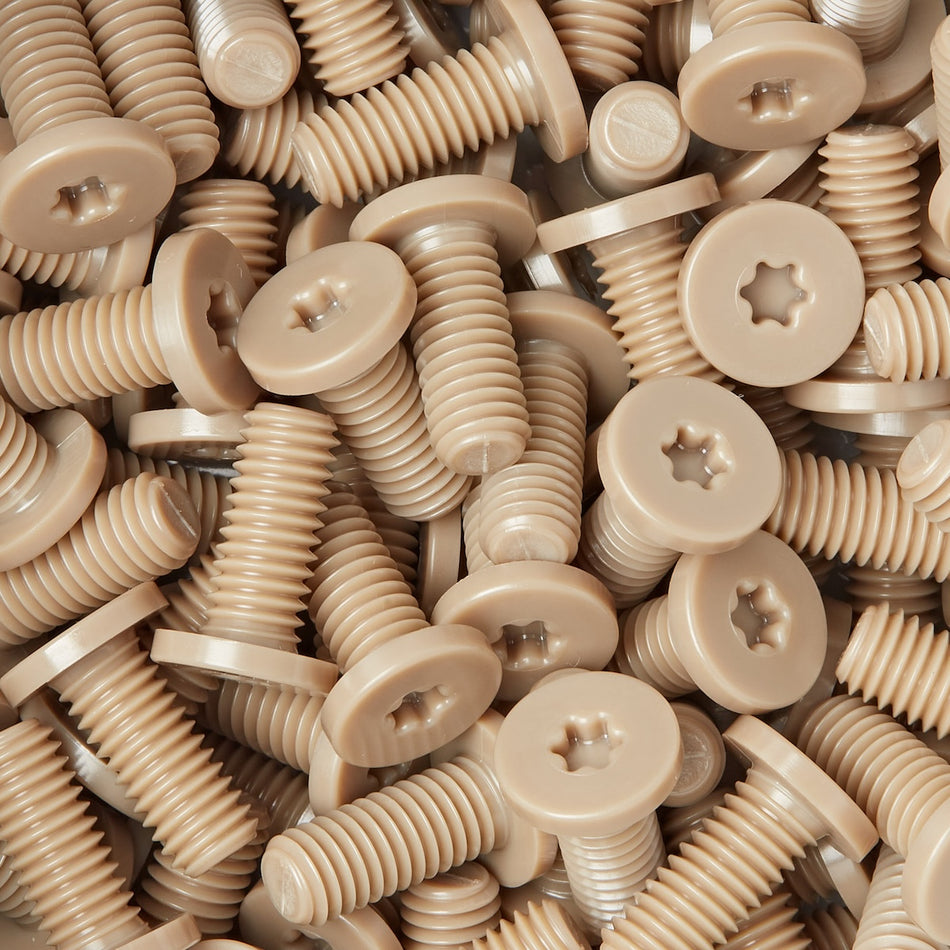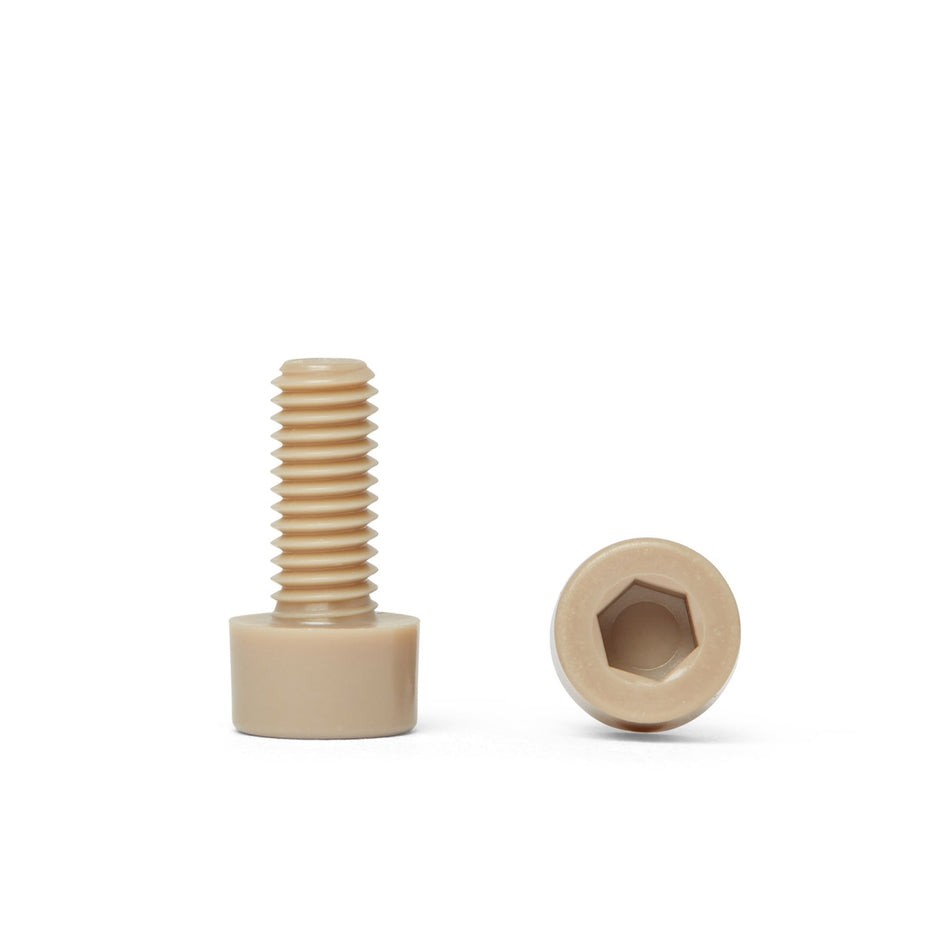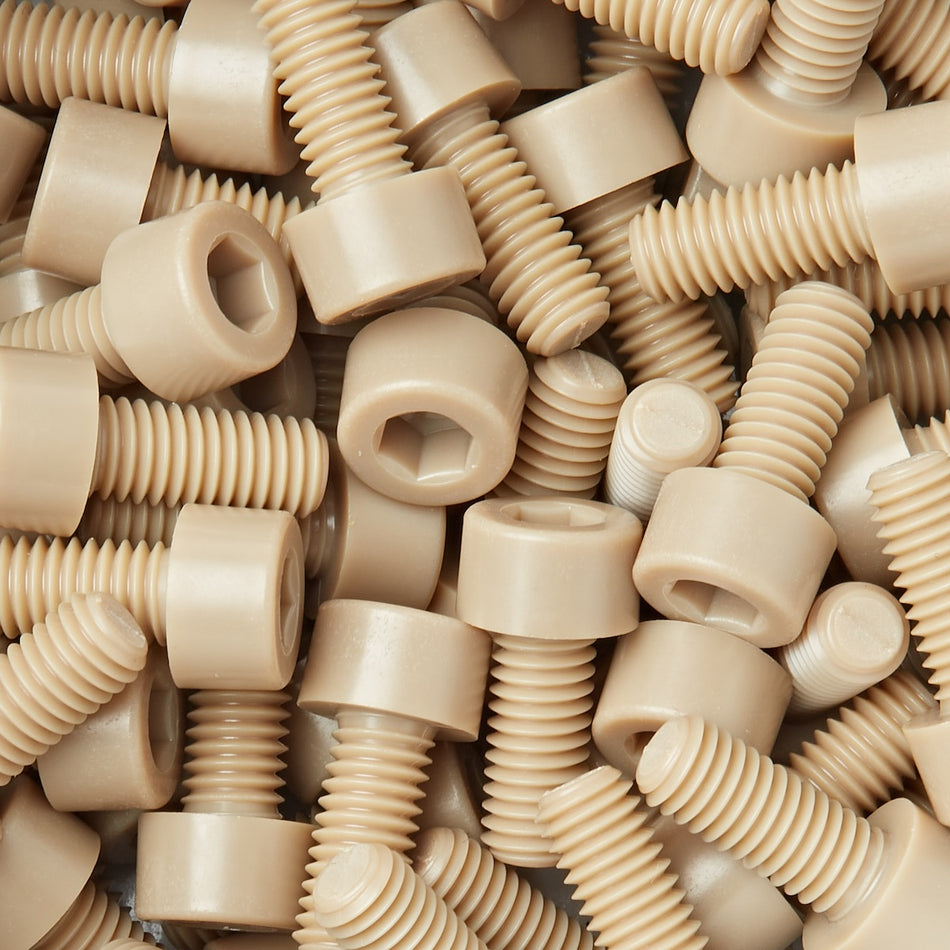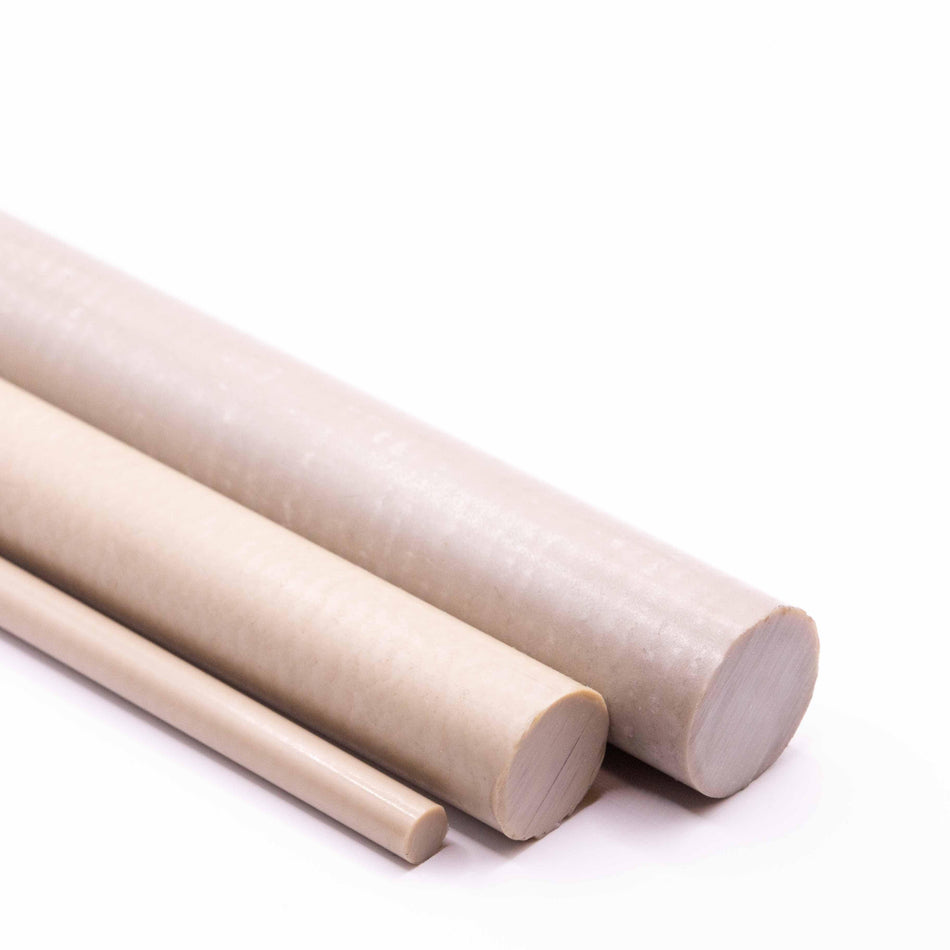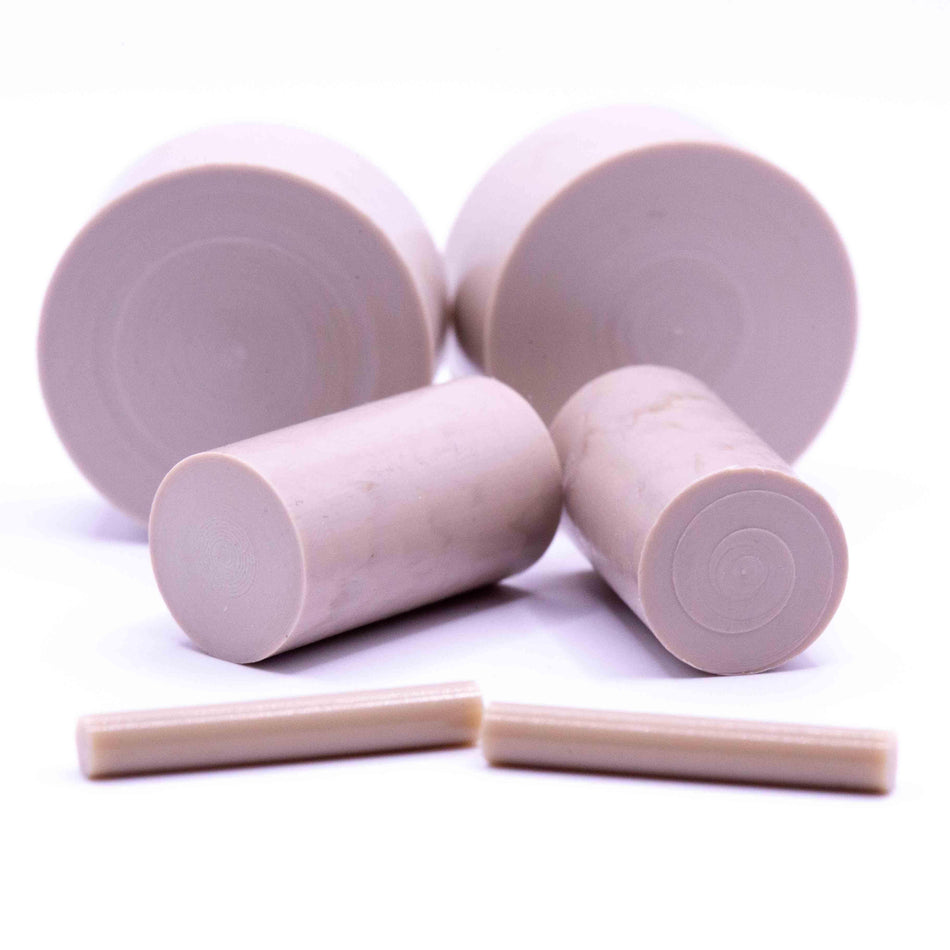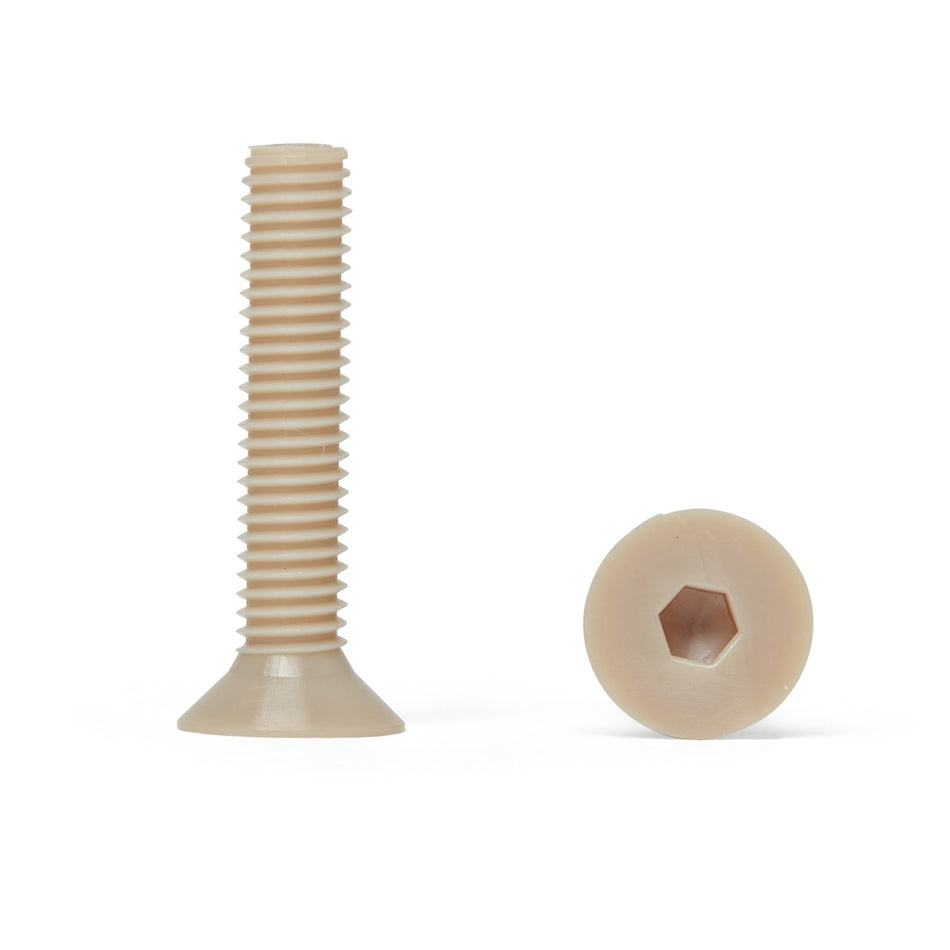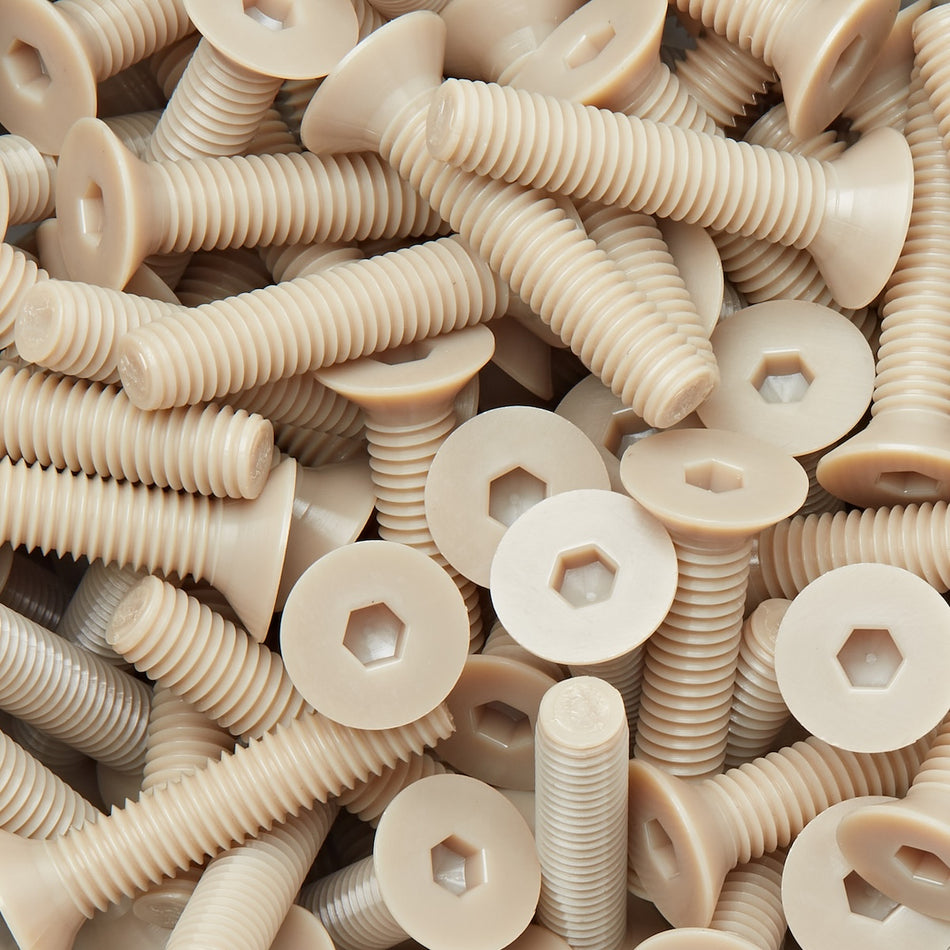72 Products
Polymer Screws, Nuts, Bolts, and Fasteners uses in Microwave electronics
The microwave electronics industry may use polymer screws, nuts, bolts, and fasteners in a variety of applications, including the construction and maintenance of microwave electronic devices and systems.
Polymer fasteners may be used to secure electronic components, such as resonators, waveguides, and antennas, in place, as well as to seal joints and connections to prevent leaks and ensure the integrity of the microwave signals. They may also be used to secure packaging and labeling equipment, such as filling and sealing machines, and to attach labels and packaging materials to microwave electronic devices.
In addition to their use in the construction and maintenance of microwave electronic devices and systems, polymer fasteners may also be used in the production of specialized instruments and equipment used in microwave electronics research and development. For example, polymer fasteners may be used to secure sensors and other instruments in place on laboratory equipment or in microwave electronics testing facilities.
Overall, the use of polymer screws, nuts, bolts, and fasteners in the microwave electronics industry can help to improve the safety and efficiency of microwave electronic device production, and can also help to minimize the environmental impacts of these activities. Polymer fasteners may be particularly useful in the microwave electronics industry due to their corrosion resistance and ability to withstand the demanding and sterile conditions of electronic device production.
Microwave electronics refers to the use of electronic devices and systems that operate at microwave frequencies, which are wavelengths in the range of about one centimeter to one millimeter. Microwave electronics is an important field of study and has a wide range of applications, including telecommunications, radar, and medical imaging.
Microwave electronics involves the use of specialized devices and systems that are designed to generate, transmit, and receive microwave signals. These devices and systems typically operate at frequencies of several GHz (gigahertz), and may use a variety of technologies, such as resonators, waveguides, and antennas, to manipulate and control the microwave signals.
In telecommunications, microwave electronics is used to transmit and receive data over long distances through the use of microwave links. These links can be used to connect telephone networks, internet networks, and other communication systems, and are often used in situations where it is not practical to use fiber optic cables or other types of communication infrastructure.
In radar, microwave electronics is used to detect objects and measure their distance, speed, and other characteristics by transmitting microwave signals and analyzing the reflected signals. Radar systems are used in a variety of applications, including aviation, military, and meteorology.
In medical imaging, microwave electronics is used to create detailed images of the human body by transmitting microwave signals and analyzing the reflections from different tissues. These images can be used to diagnose a wide range of medical conditions and to guide medical procedures.
Overall, microwave electronics plays a critical role in a wide range of applications, and is an important field of study that continues to drive technological innovation and development.

